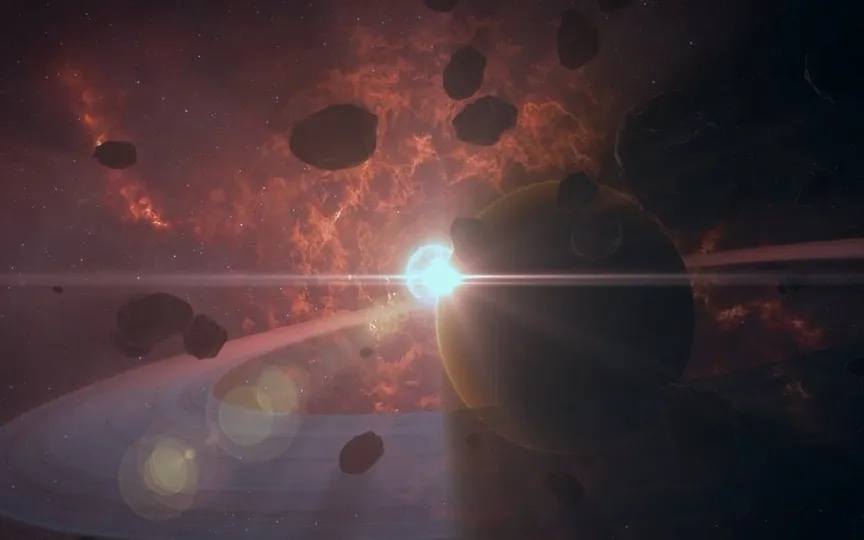NASA reveals details of a close encounter with a Potentially Hazardous Asteroid
Asteroids are typically found in the main asteroid belt, which is situated between the orbits of Mars and Jupiter. Although these celestial objects follow their own paths, they can be diverted from their trajectory by the gravitational pull of a planet. This diversion can result in the asteroids hurtling towards a planet, potentially causing a collision. In order to prevent such incidents, space agencies like NASA and ESA have devised technology to monitor the movement of asteroids in their orbits and even alter their course if a collision seems likely. Utilizing this technology, NASA has recently provided information about an asteroid that is anticipated to pass by Earth on December 23, offering insights into this near miss.
Asteroid 2023 VD6: Speed, Size, Distance and More
According to data from NASA’s CNEOS (Center for Near-Earth Object Studies), the asteroid has been named Asteroid 2023 VD6. This asteroid is expected to pass Earth at a distance of about 4 million kilometers tomorrow. It is already orbiting Earth at 55,680 kilometers per hour, which is even faster than intercontinental ballistic missiles (ICBMs)!
This space rock belongs to the Apollo group of Near-Earth Asteroids, which are space rocks that pass through the Earth and whose semi-major axes are larger than the Earth’s axis. These asteroids are named after the huge 1862 Apollo asteroid discovered by German astronomer Karl Reinmuth in the 1930s.
According to NASA, this is not the first time asteroid 2023 VD6 has come close to Earth. It passed the planet for the first time on December 5, 1900 at a distance of about 23 million kilometers. After today, it will pass the planet at a distance of 9.7 million kilometers on May 2, 2039.
How big is it?
Asteroid 2023 VD6 is almost the size of a building and is nearly 500 feet across. Therefore, NASA has classified it as a potentially hazardous object and is considered potentially threatening.




